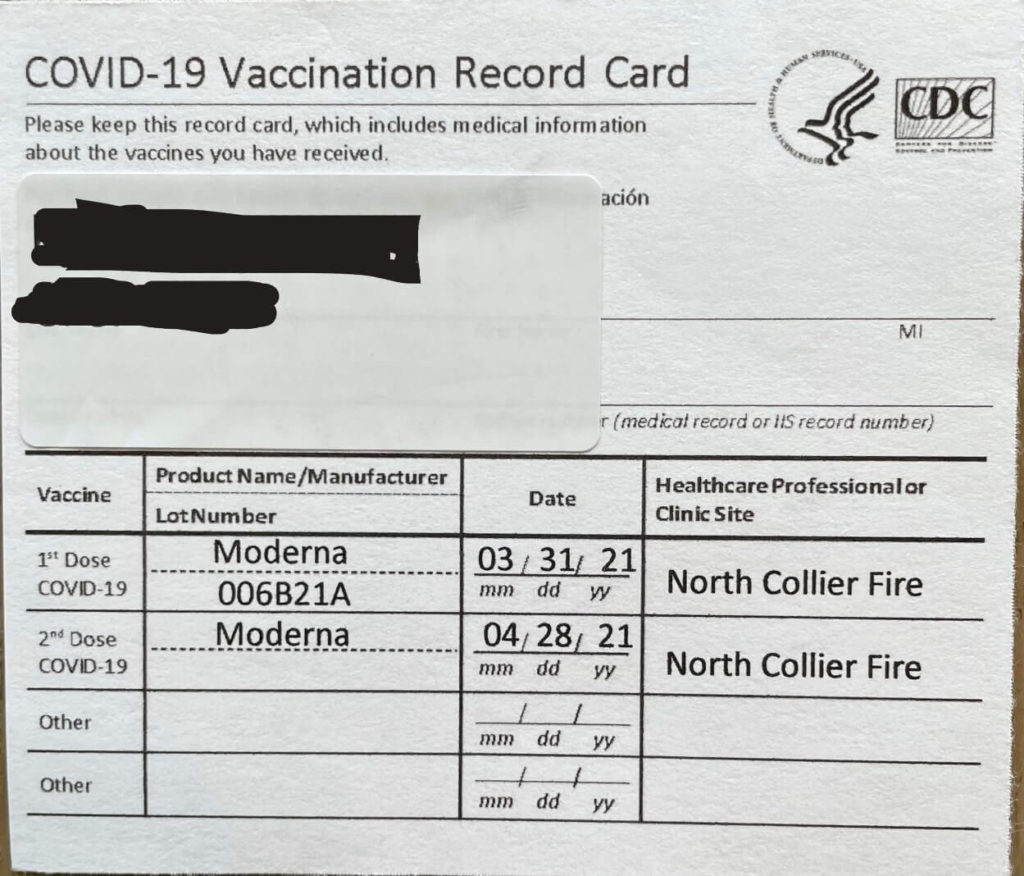Nayan Shankaran ‘24
COVID-19 vaccinations are now available to teachers in Delaware County, but EA will not require them for faculty members. Instead, receiving them will be voluntary. Human Resources Manager Cindy Nichols declined to comment regarding the percentage of vaccinated Upper School teachers, citing the Health Insurance Portability and Accountability Act (HIPAA).\

In early March, President Biden announced that all Pre-K-12 educators and child care workers would be eligible to receive the COVID-19 vaccine, along with Phase 1A individuals.
In Pennsylvania, the Janssen one-dose vaccine, manufactured by Johnson & Johnson, is reserved for Pre-K-12 educators and staff and is distributed by 28 Intermediate Units, which work with the Pennsylvania Emergency Management Agency, Department of Education, and Department of Health to facilitate vaccinating teachers, according to PA.gov. Per AP News, Governor Wolf stated that approximately 200,000 vaccine doses would be required to accomplish this goal.
Despite EA working alongside the DCIU, many teachers did not receive their vaccines through this Intermediate Unit, instead finding appointments independently. Christy Rheam, an Upper School Science teacher who received one dose of the Moderna vaccine at a local pharmacy, did so because “Dr. Locke had told us that Delaware County had only put aside a small number of vaccines for independent schools, so it didn’t sound like I was going to be first on the list for the J&J vaccine that they had available for teachers.”
Like Rheam, other teachers have found the vaccination process inconvenient and stressful. Upper School Classics teacher Dr. Melanie Subacus, who received the one-dose Johnson & Johnson vaccine at a local pharmacy, explains that in order to schedule a vaccine appointment, “it took a fair amount of refreshing the page and a willingness to travel to whatever location was available.”

Even though the nationwide vaccine rollout is not a straightforward process for people to receive their vaccines, “EA has consistently kept employees informed with the most up-to-date information available,” mentions Upper School Science teacher Dr. Katalin Colyer.
Rheam agrees with Colyer, saying that “[EA] sent several emails directing us to the correct links to sign up for the vaccines when Gov. Wolf made them available to the Intermediate Units.” Upper School Spanish teacher Andrew Shimrock, who received the first dose of the Pfizer vaccine, adds that EA created a vaccine tip-line where teachers can share how they signed up for an appointment and where they received their vaccine to aid other teachers who are having trouble with the process.
Shimrock and Subacus both report that teachers are generally excited to receive the vaccine, and Colyer is “glad” that teachers are now included in the current rollout. When asked about the position of teachers in the vaccine rollout, Subacus and Colyer remark that the government did well to prioritize healthcare workers, the elderly, and high-risk populations first.
In contrast, Shimrock feels that “teachers should have been considered earlier as front-line workers.” He addresses teachers’ constant exposure to students as the main reason. Shimrock additionally believes that teachers should have started out as one of the top priorities in the rollout because they were not all given an option to remain virtual, as opposed to other jobs, since EA opened its facilities for in-person instruction in September.
Although in-person teachers are exposed to students, in contrast to virtual teachers, Colyer, Rheam, and Shimrock express that every teacher should be granted equal opportunity for the vaccine, regardless of the mode of the school’s instruction. Subacus introduces an alternative view and thinks that virtual teachers should be prioritized in the vaccination process over in-person teachers because “school districts that have remained virtual have seen a large loss of student engagement and have limited resources for mitigation efforts in buildings, and […] getting those [virtual] teachers vaccinated is essential to those schools reopening.”
Students, such as Anya Kohli ‘21 and Megan Hinckley ‘21, have also received vaccines ahead of some of their peers. Both Kohli and Hinckley received the Pfizer vaccine — Kohli planned to receive it before going to college in London. Kohli shares that she was “sent a circulating link for appointments at the Philadelphia convention center,” which “many of the seniors have also been fortunate to come across […], so they were able to receive the vaccine this past month.” Despite their own luck, Kohli and Hinckley feel that improvements need to be made to the vaccination process. “The government needs to work on a more effective, official system in which COVID-conscious people can receive care without preventing the vaccination of a critical patient,” Kohli reflects.